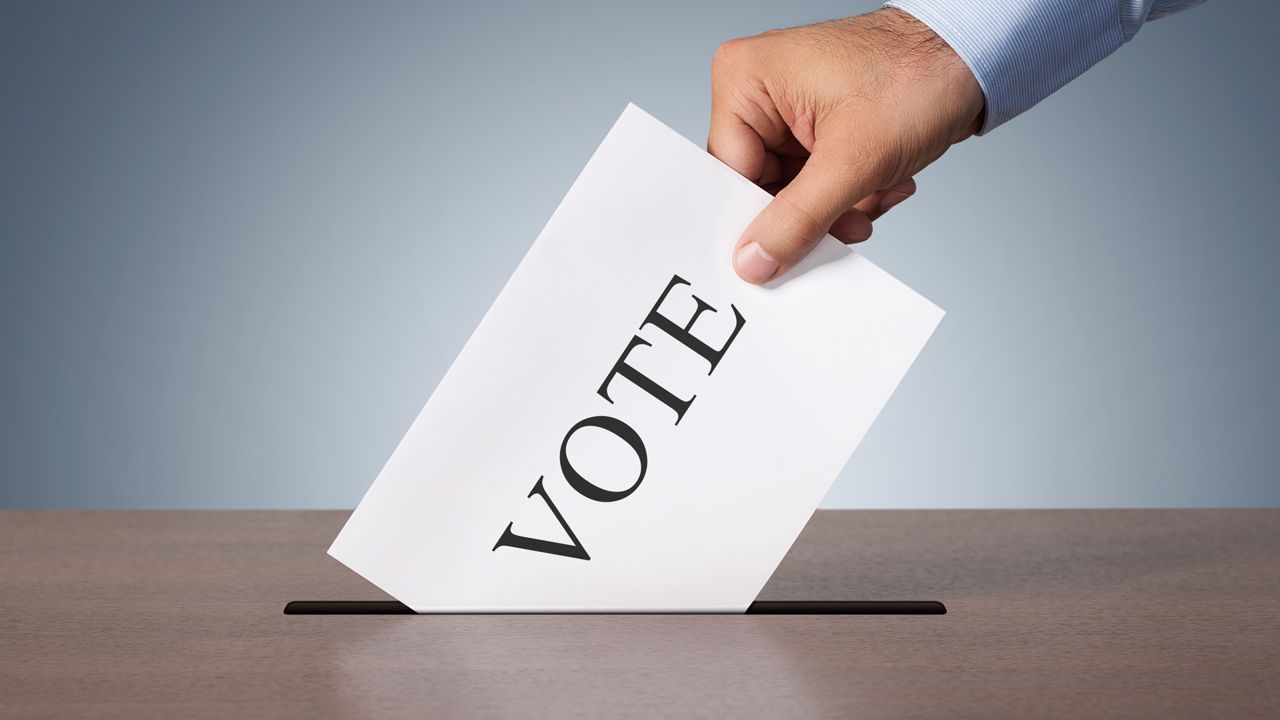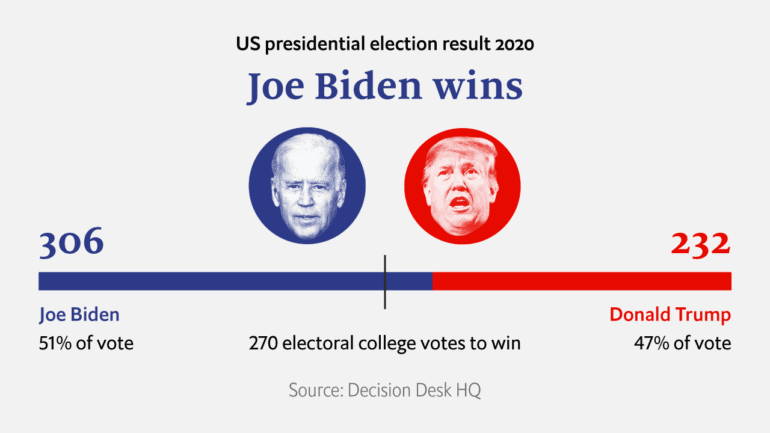- Empty cart.
- Continue Shopping
How Much Does Your Vote Matter?

The US Midterm elections are over and everyone is talking about the results. Here in Ontario, Canada, we also recently had Municipal elections. A common thing I notice that people are talking about is how frustrating it can be, and how often it feels like their vote simply doesn’t matter. Well, whether your vote matters depends on which “voting bloc” you belong to – despite what you were taught in school, not all votes are created equal!
For those who don’t know, for the sake of analysis, voters are usually split into “voting blocs”, a demographic groupings of people most likely to vote the same way on this or that issue, or have similar voting patterns. Politicians analyze these voting blocs and tailor their campaign to try and get enough support to get a majority vote.
Major voting blocs are “core Republican” or “solid Democrat” voters, or “straight”/”partisan” voters. These are people who always vote for Liberals/Democrats, or those who always vote for Conservatives/Republicans. They generally speaking, represent about 15-20% of total voters for both sides, so about 30-40% of all votes are decided even before any election campaign starts. The people who can be persuaded to vote for either party are called “swing voters”, and who they vote for will change from year to year depending on the candidates and the issues.
Now, one would think that the core voters are instrumental in a party’s success, because they represent a big chunk of the votes they need to get to win (51% in United States, and a much smaller percentage in Canada due to our multi party system). But in a very paradoxical way, how much effort and energy politicians spend trying to convince a bloc to vote for them depends on how generally disloyal a bloc is to a party. Think about it – a core Conservative voter isn’t going to go vote for Liberals. And the reverse is true. So because these votes are already decided, it makes no sense to waste energy and money trying to convince these people to vote! Meanwhile, the swing voters, while a much smaller percentage of total votes, are the target of political campaigns. Elections are won by rather thin margins.

This is how various minority groups have come such a long way in Western Democracies, because once a small group organizes a voting bloc, the first party to recognize that can use this group to win elections. This is also how the Democrat and Republican parties “switched”, taking their core supporters for granted for so long that in the effort to expand their voter base, they left their core voters wondering if they even represented their interests, and giving the opposite party a chance to start stealing the “core”.
This is also why so many Conservative politicians now have policies aimed to appeal to LGBT and immigrant issues, even though the interests of little-c conservative voters are at odds with the issues of those groups. So long as the Conservative politicians remain just a bit more conservative than the Liberal ones, it doesn’t matter to their core base!
This is also why so many Liberal politicians are in support of war efforts, including the sending of billions of dollars worth of weapons and machines of war to Ukraine. This is despite little-l liberals generally speaking being pacifists and anti-war. In Canada specifically, there is a large Ukrainian diaspora (largest in the world outside of Ukraine actually), and they are a Conservative voting bloc – so by supporting Ukraine in the war, Liberals are hoping to flip that bloc to become a liberal voting bloc

Politicians today generally speaking have their core voting blocs on lockdown, as they constantly run try to highlight the most awful examples from the other side, and constantly talk about nightmare scenarios of what the opposing party is going to do. But the truth is, a lot of it is exaggeration, or is going to come about regardless of which party wins. The parties aren’t that different, and part of it is because they are both competing for the same swing voters. So being a swing voter, not giving in to the fear-mongering but instead calmly and rationally looking at the exact platforms and how they benefit you will make all the parties try to work for you – thus making your vote count more.

Another important way to send this kind of message is not to vote at all. As paradoxical as it sounds, not voting sends a similar kind of message to the parties – that if they want your vote they will have to work for it. Voter turnout is very low in both United States and Canada, and one of the reasons for Donald Trump’s success in the 2016 elections was his ability to bring up voter turnout, by hammering on core Republican issues and motivating the people dissatisfied with the party to show up and vote for him. Likewise, Hillary Clinton brought in 7 million fewer voters than Barack Obama did in 2012. While both Obama and Trump had the premise of bringing something different to the table, Clinton had too much of a reputation as a neoliberal warhawk – exactly the kind of candidate a liberally minded voter doesn’t want to vote for.

cialis online fast
cialis online fast
Casino https://vulkan.electronauto.ru
tropheus metronidazole
tropheus metronidazole
do zoloft side effects go away
do zoloft side effects go away
cymbalta vs.lexapro
cymbalta vs.lexapro
sildenafil viagra 100mg
can you drink alcohol while taking lexapro
can you drink alcohol while taking lexapro
how quickly does keflex work
how quickly does keflex work
Top 5 Crypto Casinos in 2024 https://medium.com/@passeu/top-5-crypto-casinos-in-2024-83c74854313e
Top 5 Crypto Casinos in 2024 https://medium.com/@passeu/top-5-crypto-casinos-in-2024-83c74854313e
viagra price usa
viagra price usa
escitalopram and liver
escitalopram and liver
how long before fluoxetine works
how long before fluoxetine works
cephalexin mixed with alcohol
cephalexin mixed with alcohol
does duloxetine make you sleepy
does duloxetine make you sleepy
gabapentin fentanyl
gabapentin fentanyl
azithromycin for u.t.i
azithromycin for u.t.i
doxycycline vs. ciprofloxacin for prostatitis
doxycycline vs. ciprofloxacin for prostatitis
cephalexin for dogs
cephalexin for dogs
will bactrim treat a sinus infection
will bactrim treat a sinus infection
bactrim banned in the uk
bactrim banned in the uk
escitalopram sirve para dormir
is neurontin a good painkiller
citalopram en espanol
cozaar type
lithium and depakote
valproic acid depakote
max dose of citalopram
ddavp and vasopressin
augmentin is in which class of drugs
anti inflammatory diclofenac
ezetimibe simvastatina inegy
diltiazem and hair loss
coumadin flomax
flexeril drug interactions
Слоты и онлайн-игры в казино способны разнообразить жизнь человека. Важно только правильно выбрать площадку — она должна быстро и честно выплачивать выигрыши, надежно хранить персональные данные клиентов, предлагать большой ассортимент развлечений и интересную бонусную программу. Важную роль играют также наличие адаптированной мобильной версии и приложений. https://enic-kazakhstan.kz/
amoxicillin-clavulanate
amoxicillin-clavulanate
effexor and adderall
effexor and adderall
contrave dosage for weight loss
contrave dosage for weight loss
allopurinol 100mg
allopurinol 100mg
tylenol and aspirin
tylenol and aspirin
aripiprazole structure
aripiprazole structure
amitriptyline overdose symptoms
amitriptyline overdose symptoms
amitriptyline 20 mg
allopurinol cause gout attack
should i take aspirin
aripiprazole and clozapine metabolic syndrome
bupropion vs chantix
celebrex 200 milligrams
augmentin for sinus infection dosage
buspar medicine
buspar medicine
how long does it take for baclofen to kick in
how long does it take for baclofen to kick in
celecoxib 200 mg side effects
celecoxib 200 mg side effects
how long does celexa take to work
how long does celexa take to work
how does buspirone work
ashwagandha powder dosage
celexa generic name
buspar lactose
acarbose wirkung
what does abilify do to the brain
Escort Gazette review guide with free verified ads in Europe. Best Escort Girls, Strip clubs, Brothels, Massage parlors on the map. Easy search directory. https://followbookmarks.com/story17049959/best-escort-girls-strip-clubs-brothels-massage-parlors-on-the-map-easy-search-directory
is compounded semaglutide the same as ozempic
repaglinide e sulfaniluree
remeron vs lexapro
protonix max dose
robaxin and xanax
The Basic Principles Of buy injectable steroids. https://socialupme.com/story2391759/the-basic-principles-of-buy-injectable-steroids
The Basic Principles Of buy injectable steroids. https://beauylzm70258.blogolenta.com/23357259/5-simple-techniques-for-buy-injectable-steroids
synthroid tramadol
sitagliptin ketoacidosis
spironolactone alternative
voltaren gel fact sheet
tamsulosin indonesia
tizanidine 2 mg tablet
is 300 mg of venlafaxine, a high dose
ivermectin purchase
ivermectin purchase
olanzapine (zyprexa)
zofran pump knots
zetia reviews
taking l-tyrosine with wellbutrin
zyprexa lawsuit settlement
can you take zofran with promethazine
buy generic levitra online
tadalafil liquid how to take
tadalafil solubility tissue culture
buy levitra dapoxetine
The Basic Principles Of buy injectable steroids. https://jeremya358fqa3.ltfblog.com/profile
ED Trial Packs Brand & Generic . https://seos.site/catalog/category/ed-trial-packs
levitra for sale
cialis sale online
cialis buy australia
Punter Guide escort guide offers sex clubs. https://maroonbookmarks.com/story17067476/if-you-want-to-enjoy-the-finest-luxuries-of-dubai
Injectable Steroids DIANABOL buy online. https://injectable-steroids-dianabol-buy-online.webflow.io
Injectable Steroids DIANABOL buy online. https://worlds-directory.com/listings12728104/injectable-steroids-dianabol-buy-online
good rx pharmacy
what does sildenafil look like
pros and cons of sildenafil
modafinil online pharmacy
Капсулы мухомора для микродозинга купить украина . https://shafa.ua/uk/home/yeda/bakaleya/sukhofrukty/163187510-kapsuly-muhomora-dlya-mikrodozinga-kupit-ukraina-100sht
soma online us pharmacy
national rx pharmacy
viagra soft cheap
viagra soft cheap
vardenafil hcl generic
vardenafil hcl generic
stromectol ivermectin tablets
stromectol ivermectin tablets
viagra europe over the counter
viagra europe over the counter
ivermectin nz
ivermectin nz
ivermectin price
ivermectin price
cloridrato de vardenafil
cloridrato de vardenafil
ivermectin generic cream
ivermectin generic cream
tadalafil generic cialis
tadalafil generic cialis
ivermectin 6mg dosage
ivermectin 6mg dosage
tamsulosin vs. tadalafil
tamsulosin vs. tadalafil
order stromectol online
order stromectol online